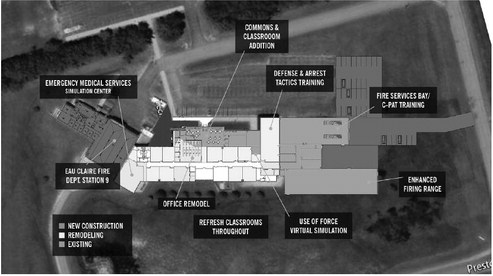Transportation facility centerpiece of CVTC referendum


Measure on April 7 ballot for Western Taylor County voters
Chippewa Valley Technical College’s proposed $48.8 million referendum on April 7 is...


Measure on April 7 ballot for Western Taylor County voters
Chippewa Valley Technical College’s proposed $48.8 million referendum on April 7 is...